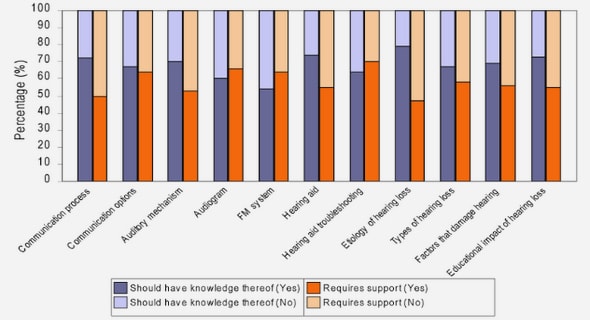(Downloads - 0)
For more info about our services contact : help@bestpfe.com
Table of contents
GENERAL INTRODUCTION
I. Societal issues
I.1. Importance and utilization of winter oilseed rape
I.2. Nitrogen fertilization and environmental impacts of oilseed rape
II. Scientific issues
II.1. Understanding of the carbon and nitrogen functioning and its genotypic variability
II.2. Phenotyping oilseed rape response to N-availability
CHAPTER I. PRESENTATION OF THE Ph.D. THESIS
1.1. From research issues to a Ph.D. objective
1.2. Research strategy and dedicated experimental setup
1.2.1. Research strategy
1.2.2. Experimental setup
1.2.2.1. LR15 experiment
1.2.2.2. GR15 experiment
1.2.2.3. GR18 experiment
CHAPTER II. BIBLIOGRAPHIC REVIEW
2.1.Several definitions exist for N use efficiencies and related parameters
2.2.Processes related to nitrogen use efficiency in oilseed rape
2.2.1. The oilseed rape plant: development, growth and N-metabolism
2.2.1.1. Vegetative growth
2.2.1.2. Reproductive phase
2.2.2. Interaction between C-N metabolism and between shoot-root compartments
2.3.N-availability has major role on oilseed rape functioning
2.3.1. Oilseed rape N-requirements
2.3.2. Impact of N-limitation in NUE-related processes
2.3.3. Impact of N-limitation on plant traits at canopy level
2.3.4. Impact of N-limitation on plant traits at the plant level
2.4.Genetic diversity of NUE-related processes and associated traits
2.4.1. Genetic variability of NUE-related processess
2.4.2. Genetic variability of NUE-associated traits
2.4.3. Genotype x Nitrogen interaction
2.5. Phenotyping for N-use efficiency related traits in oilseed rape
2.5.1. Phenotyping for NUpE-related traits requires adapted devices
2.5.2. A model-assisted phenotyping approach
CHAPTER III. Nitrogen Uptake Efficiency, mediated by fine root growth, early determines variations in Nitrogen Use Efficiency of rapseed
1. Introduction
2. Materials and methods
2.1. Plant Material
2.2. Experimental design
2.3. Climate conditions
2.4. Management of hydric and mineral conditions
2.5. Sampling and measurements
2.6. Variables calculated
2.7. Component-contribution analysis
2.8. Statistical analysis
3. Results
3.1. Relating NUE_Seed to NUE_DM at seed maturity and at earlier stages
3.2. Dynamic contribution of NUpE and NUtE to NUE_DM
3.3. Genotypic variation in NUE_DM and its components
3.4. Deciphering genotypic variation in NUpE-related processes
4. Discussion
CHAPTER IV. Which efficiencies explain oilseed rape genotypic variations in biomass accumulation and partitioning under low N-availability?..
1. Introduction
2. Material and methods
2.1. Site description and plant material
2.2. Experimental design
2.3. Nitrogen management
2.4. Sampling and measurements
2.5. State variables calculation, cumulative variable estimation, and global indicators.
2.6. Statistical analysis
3. Results
3.1. The winter oilseed rape conceptual modeling framework
3.2. Quantitative analysis of the CN dynamics of fallen leaves, main stem and fine root system
3.3. Estimation fo the model parameters during rosette growth period
3.4. Validity to the conceptual framework during the whole vegetative growth
3.5. Could we extend the conceptual modeling framework up to the seed filling period?
3.6. How did the model parameters vary according to N-condition?
3.7. How did the model parameters vary with genotype under the low-N condition ?
4. Discussion
CHAPTER V. GENERAL DISCUSSION AND PROSPECTS
5.1. Whole-plant dry matter NUE: a key variable for deciphering the dynamics of genotype response to nitrogen availability
5.2. N uptake efficiency: the neglected side of N use-efficiency worth addressing in depth
5.3. Lighting the dark side of winter oilseed rape: why fine roots matter in N-use efficiency
5.4. Think globally, act locally
5.5. Toward growing oilseed rape for sustainable agriculture production




